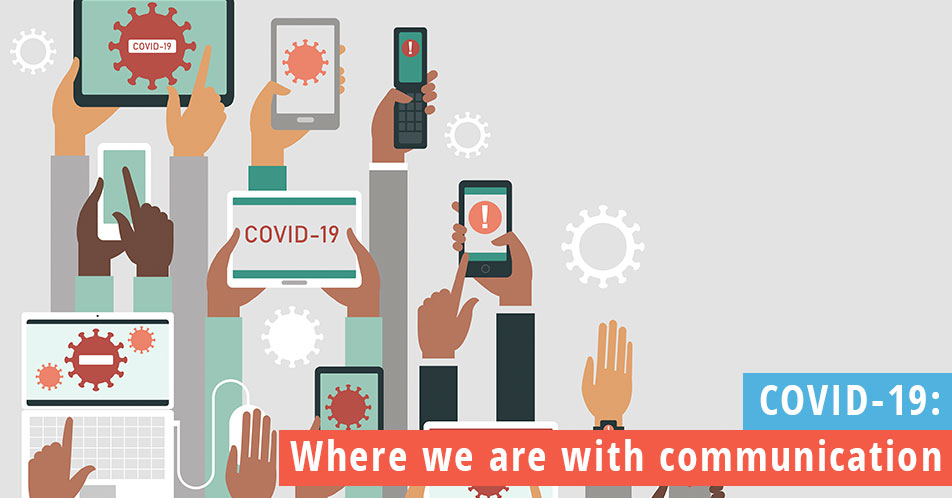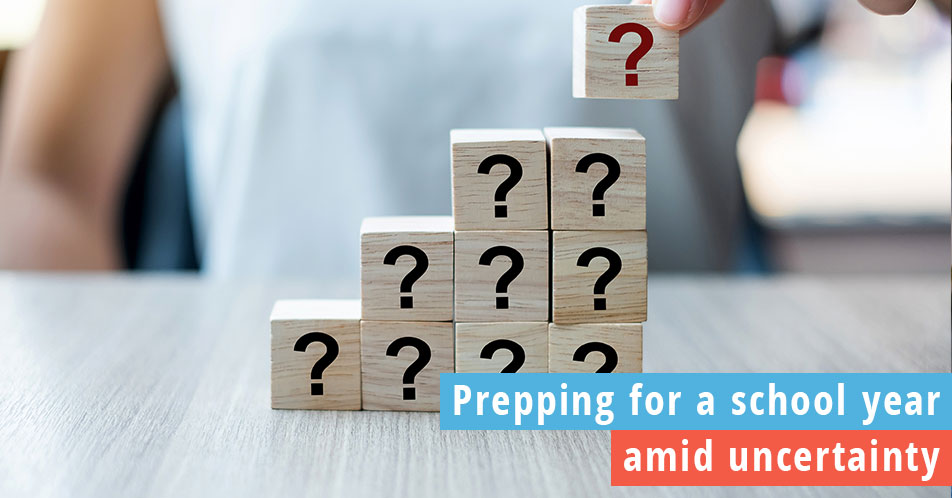In the latest episode of our podcast, Joel and Carole discuss COVID-19 and communication and how the pandemic is affecting schools
In this episode, hosts Carole Dorn-Bell and Joel Gagne discuss how schools are coping with the coronavirus.
Things are changing extremely quickly in this fluid situation and it’s difficult to plan ahead.
“When we talk with school districts, we say it’s okay to tell your community these words: ‘We don’t know.’ Because we don’t,” Joel says.
We don’t know when schools are going to reopen. We don’t know how we’re going to proceed going forward. So all districts can do is take this day by day, work as hard as they possibly can and continue to provide the best value given the circumstances.
Carole says the first takeaway is that communication matters. If people were not aware before, it should be quite obvious now.
“It’s got to be on the front end of everything you do,” Carole says.
Schools need to have all the infrastructure in place for these crisis situations. Do you have social media channels, email, telephone? When it comes to COVID-19 and communication, all communication channels need to be utilized.
“That is the number one question when I step in to work with any entity,” Carole says. “How, if you had to reach people in a pinch, are you doing it?”
Coronavirus has really exposed that need, so now is the time to take stock. Either districts have that communication infrastructure in place or they have pieces and parts or they have precious little. And if you don’t have certain things in place, you’ve got to build upon it.
Similar to diversifying a retirement account with a financial adviser, schools need to emphasize diversity in communications. They can’t be relying on one platform or one method such as Facebook, Twitter or mail—it has to be a combination.
The second key takeaway is that school districts should be reaching non-parents. Many of them are not following the school’s social media, so you need to meet them where they are. Non-parents are still taxpayers and people who are underwriting the school district, so if you want to maintain a level of credibility with them you need to be able to explain the value proposition in what you’re doing and how you’re doing it.
As we navigate through COVID-19 and communication amid this crisis, you’ve got to be really careful. You’ve got to be able to communicate that this period has not been a time off for educators. We might not all be working in a building, but we are all working and we’re providing value for the children of this community. In reality, teachers have had to retool their entire curriculum so that it’s online. They have to reach kids who are in a variety of situations at home, including perhaps not having internet access. Maybe the home had one computer and now the parents are working remotely. There’s a lot to think about and that’s just the tip of the iceberg. We’ve got to communicate with people, especially during this time, what the education process looks like.
“If they start getting in their heads, ‘why were we paying their salaries for six weeks and we got nothing for that,’ then that will snowball down the road as far as community support for your school district—and not in a good way,” Joel says.
The third thing is that tonality matters a lot, and now is not the time for certain conversations. That in no way means trying to hide anything, but it means simply recognizing that it’s difficult to talk about finances right now. No organization can say with any certainty what their financial picture looks like.
We simply don’t know what’s going to happen at the federal level as far as underwriting state governments and public education. We don’t know how quickly things will go back to normal. Any data that you’ve had in the past is going to be irrelevant going forward and you’re going to need to get fresh data. It’s all wait and see.
For now, be careful about wording. Schools are not “closed,” there is emergency remote learning taking place. Schools shouldn’t say teachers are unable to do something because they’re “overwhelmed,” if the more accurate explanation is that not all the teachers are equipped to do so.
“Semantics matter,” Carole says. “We’ve got to be very precise in our language.”
We Love schools will continue to update as the situation progresses. In the meantime, if you want to send any listener mail our way, we’d love to hear from you.
Read the full We Love Schools podcast episode about COVID-19 and communication.
Interested in learning more about how the Allerton Hill Communications team can help your school? Contact us today.



